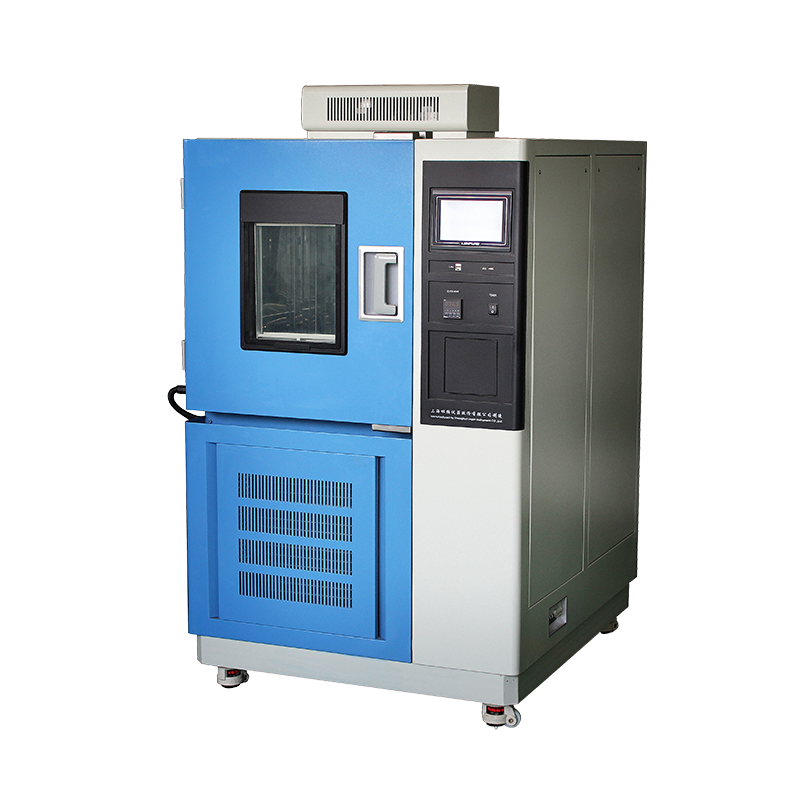

By subjecting products to various temperature environments—such as high temperature, low temperature, and alternating humidity—constant temperature and humidity test chambers can evaluate the heat resistance, cold resistance, dryness resistance, and moisture resistance of materials under different climatic conditions. These chambers have demonstrated outstanding performance in industries such as aerospace, electronics, home appliances, and automotive, providing momentum and opportunities across multiple sectors.
During testing, the equipment is easy to operate, user-friendly, and ensures high-quality performance. Additionally, the test chamber features a convenient drawer-style water-filling system with a marked water level indicator, making it easy to clean the water tank. The drainage channel at the bottom of the test area prevents steam condensation, ensuring stable and reliable test conditions. Furthermore, the built-in leakage protection design enhances user safety. These advantages make the test chamber a preferred choice for users.

However, to ensure smooth testing, certain precautions must be taken when using a constant temperature and humidity test chamber:
Avoid Frequent Compressor Restarts
During testing, do not repeatedly start the compressor. The interval between restarts should be no less than 15 minutes. The compressor is the heart of the test equipment, directly affecting its normal operation. Therefore, regular maintenance of the compressor is essential and must not be neglected.
Ensure Stable Voltage Supply
Unstable voltage may cause excessive or insufficient current, which can severely damage the compressor over time. To prevent this, users should connect the test chamber to a voltage stabilizer.
Proper Cleaning and Maintenance
When cleaning the chamber, use a dry cloth to wipe the control panel. Avoid splashing water on the panel—if water accidentally comes into contact with it, stop using the chamber immediately to prevent electrical leakage, electric shock, or fire hazards. Do not use organic solvents such as alcohol or gasoline for cleaning.
Today, driven by market demand, constant temperature and humidity test chambers have become a preferred choice for many users. Whether to ensure smooth testing or to maintain the equipment’s long-term performance, the above precautions must be strictly followed.